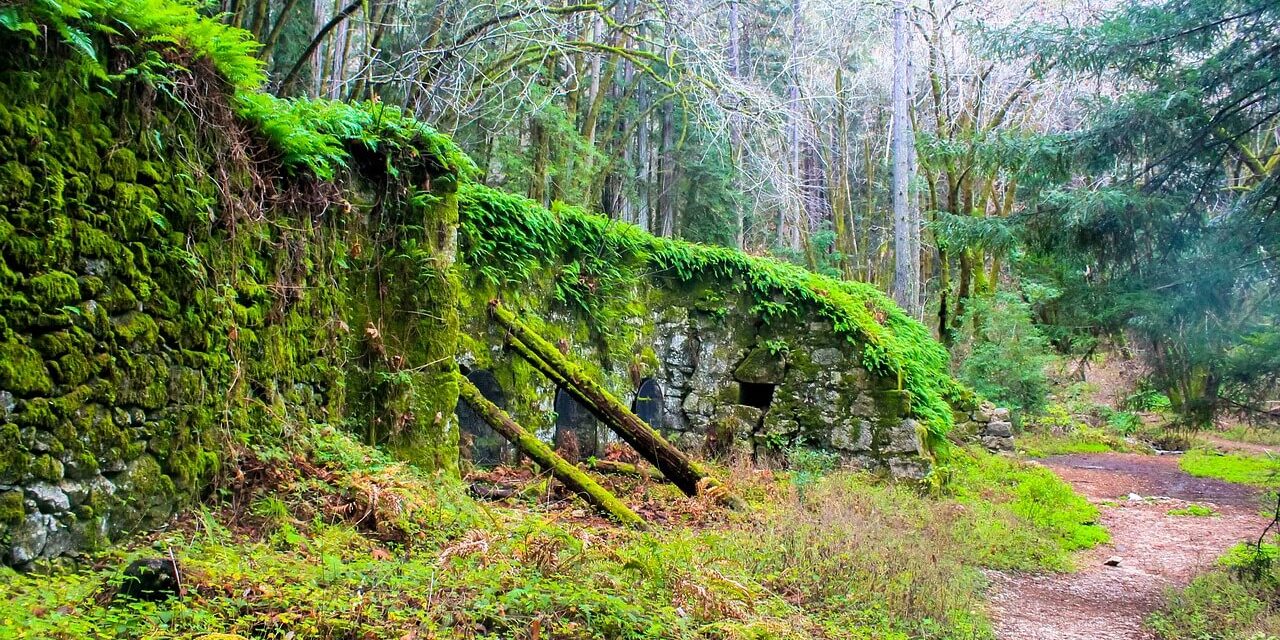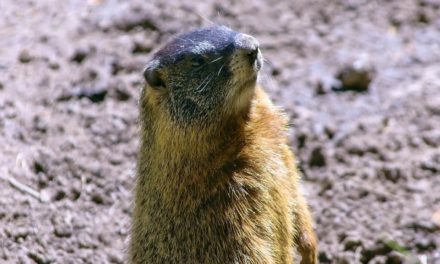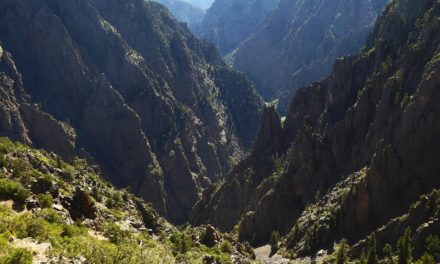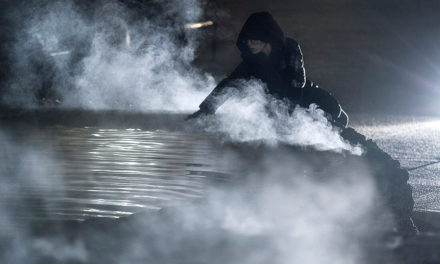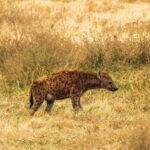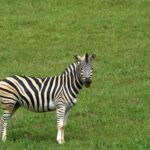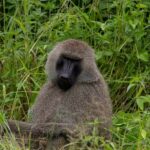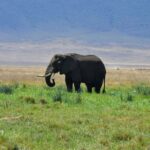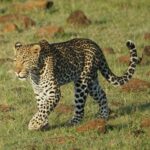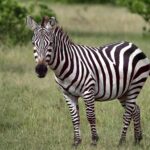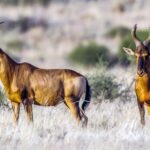Table of Contents
Overview / About
Redwood National and State Parks, located along the northern California coast, protect some of the tallest trees on Earth, the coast redwoods (Sequoia sempervirens). These ancient giants can soar over 370 feet high and live for more than 2,000 years, standing as living testaments to time and resilience.
Established in 1968 and jointly managed with three California State Parks (Prairie Creek, Del Norte Coast, and Jedediah Smith Redwoods), this UNESCO World Heritage Site covers over 130,000 acres of lush forests, wild rivers, and rugged coastline.
Beyond the redwoods, the park shelters prairies, oak woodlands, and a stretch of Pacific shoreline where Roosevelt elk graze and waves crash against sea stacks. Walking beneath the redwood canopy feels almost sacred, a serene blend of mist, moss, and timeless quiet.
Wildlife & Nature
Redwood’s biodiversity extends far beyond its towering trees.
Flora:
- Coast Redwoods dominate, but the understory teems with ferns, sorrel, mosses, and maples.
- In open prairies, wildflowers like lupines and California poppies bloom in spring.
- Near the coast, Sitka spruce and Douglas firs mix with fog-fed vegetation.
Fauna:
- Roosevelt elk, black bears, bobcats, and mountain lions roam the forests and meadows.
- Banana slugs, tree frogs, and salamanders thrive in the damp forest floor.
- Over 280 bird species inhabit the park, including marbled murrelets, pileated woodpeckers, and bald eagles.
- Marine life along the coast includes harbor seals, sea lions, and gray whales during migration.
Ecosystem:
Redwoods rely on the Pacific Ocean fog, which provides up to 40% of their moisture. Their deep, intertwined roots help the forest withstand storms and thrive for millennia.
Experiences & Activities
Redwood offers both grand landscapes and quiet intimacy, perfect for hikers, photographers, and anyone seeking reconnection with nature.
Hiking Trails:
- Lady Bird Johnson Grove Trail: A short loop through old-growth redwoods, named after the First Lady who helped preserve the park.
- Prairie Creek Trail & Cathedral Trees Loop: A peaceful walk beneath massive trees and moss-covered trunks.
- Tall Trees Grove Trail: A moderate hike to one of the park’s most awe-inspiring redwood stands.
- Fern Canyon Trail: A magical gorge where 30-foot walls are draped in ferns, famously featured in Jurassic Park 2.
- Coastal Trail: Offers dramatic ocean views and wildlife sightings.
Scenic Drives:
- Newton B. Drury Scenic Parkway: A 10-mile drive through ancient redwoods.
- Howland Hill Road: A bumpy but beautiful backroad through Jedediah Smith Redwoods.
Other Activities:
- Wildlife watching: Spot Roosevelt elk at Elk Meadow or Gold Bluffs Beach.
- Kayaking & rafting: Enjoy the Smith or Klamath Rivers.
- Tidepooling: At low tide, explore marine life at Enderts Beach or Crescent Beach.
- Camping & stargazing: Clear nights reveal a sky framed by redwood silhouettes.
Best Time to Visit
Redwood is open year-round, but each season offers a unique experience.
- Spring (March – May): Mild weather and vibrant greenery. Wildflowers bloom, and elk are active.
- Summer (June – August): Warmest months, though coastal fog (nicknamed “the natural air conditioner”) often rolls in.
- Fall (September – November): Fewer visitors, golden foliage, and great photography light.
- Winter (December – February): Rainy but peaceful, perfect for solitude and misty forest walks.
For ideal conditions, visit May through September.
How to Reach & Park Entry
Location: Northern California, near Crescent City and Orick.
By Air:
- Crescent City Airport (CEC): Closest option (15 miles).
- Arcata – Eureka Airport (ACV): About 60 miles south.
- Medford, Oregon (MFR): Roughly 100 miles northeast.
By Road:
- From San Francisco: About 325 miles north via US-101 (6 – 7 hours).
- From Portland, Oregon: Around 350 miles southwest.
Park Entry:
No single entrance gate or fee, entry is free across the national and state parks, though state park campgrounds may charge fees.
Where to Stay / Camping Options
Inside the Park:
- Elk Prairie Campground (Prairie Creek): Forest setting, often with elk grazing nearby.
- Jedediah Smith Campground: Among towering redwoods along the Smith River.
- Gold Bluffs Beach Campground: Beachside sites with ocean views.
Nearby Lodging:
- Crescent City: Budget hotels and motels near the northern end.
- Klamath & Orick: Small inns and cabin rentals close to popular trails.
- Trinidad or Eureka: More upscale options within a 1 – 2 hour drive.
Reservations are strongly recommended, especially from May to September.
Travel Tips / Safety Notes
- Wear layers, temperatures can shift quickly between foggy coastlines and sunny inland trails.
- Carry rain gear, even in summer.
- Cell service is limited, especially in dense forest zones.
- Stay on marked trails, off-trail walking can damage roots and sensitive ecosystems.
- Avoid feeding wildlife or leaving food unattended; black bears may be nearby.
- Bring cash for some state park fees or camp stores.
Packing List
- Waterproof jacket and quick-dry layers
- Hiking boots with good traction
- Reusable water bottle and snacks
- Map or GPS device (download offline maps)
- Binoculars for bird and elk watching
- Camera with wide lens for capturing tall trees
- Flashlight or headlamp for low-light trails
- Small first-aid kit
Visitor Statistics
Redwood National and State Parks attract about 500,000 – 600,000 visitors annually. Despite their fame, the parks remain less crowded than many U.S. destinations, offering true tranquility among the giants.
Conservation & Responsible Tourism
Redwood’s conservation legacy began in the early 1900s, when logging had reduced old-growth redwoods to a fraction of their range. Today, partnerships between the National Park Service and California State Parks protect and restore over 45% of the remaining old-growth forest.
Key conservation efforts include:
- Old-growth restoration projects reconnecting fragmented forest habitats.
- Watershed rehabilitation along the Klamath and Smith Rivers.
- Condor and salmon reintroduction programs.
- Community collaboration with local tribes, including the Yurok and Tolowa Dee-ni’ Nations, to integrate traditional stewardship practices.
Visitors can support these efforts by staying on trails, minimizing plastic waste, and choosing eco-friendly accommodations.

